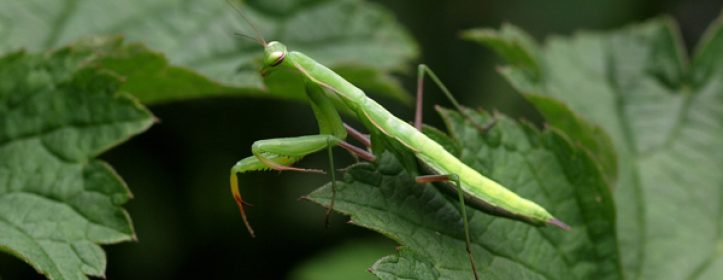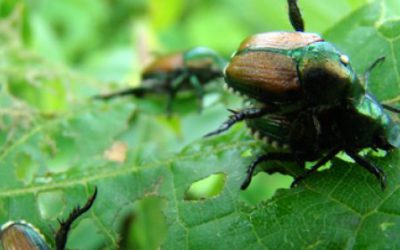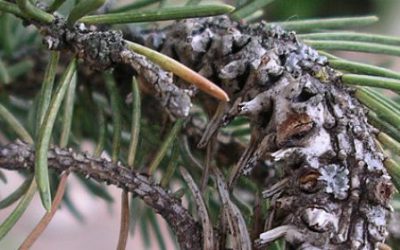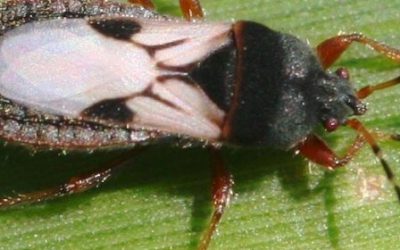Praying Mantis

The praying mantis might better have been called the “preying mantis” since it is a voracious predator. It will attack most of the larger insect pests found in the garden including grubs, beetles, cinch bugs, tent caterpillars, aphids, grasshoppers, leafhoppers, and many assorted caterpillars.
Praying mantids can be purchased in the form of egg casing that are placed in your garden on or near bug infested plants. The egg casing looks like a clump of hardened foam attached to a twig or stick where the female mantis lays them. These egg casings are kept in cool storage until they are made available for purchase. About 200 infant mantids will hatch from each egg casing. They will hatch out of the casing anywhere from 2 to 4 weeks after they are placed outside, depending on temperature. The casings can simply be placed into the crotch between two twigs (do not place on ground). To ensure that birds or rodents don’t devour the eggs, hang the casing from a thread or a piece of string.
After the eggs hatch, the egg casing will not visibly change. As they feed, the small, 1/4″ infant mantids grow very quickly, reaching the length of about 6″ during the course of the season. Although they are capable of flying, praying mantids will stay in the area of release as long as there is plenty of prey available for them. Praying mantids are killed by pesticide applications, so avoid using them within 30 days before the mantids hatch or at all after.







Recent Comments